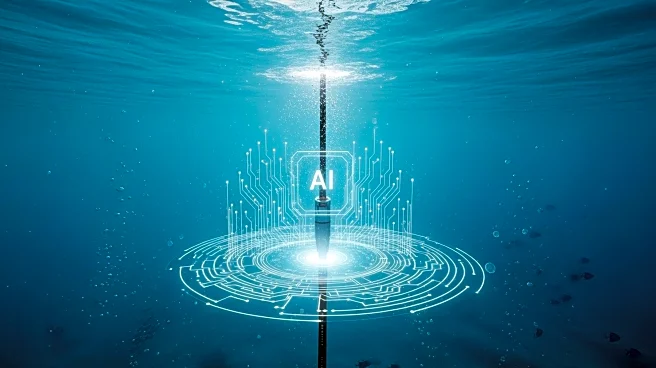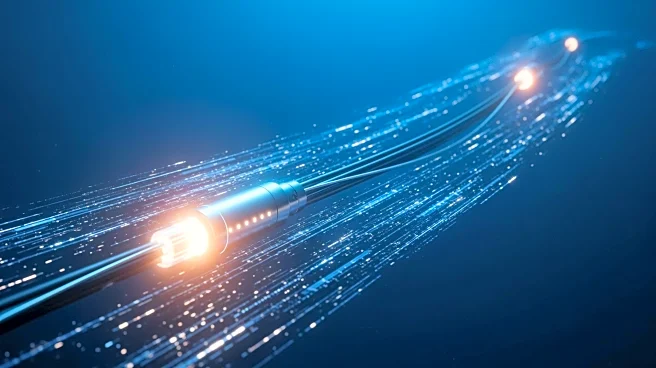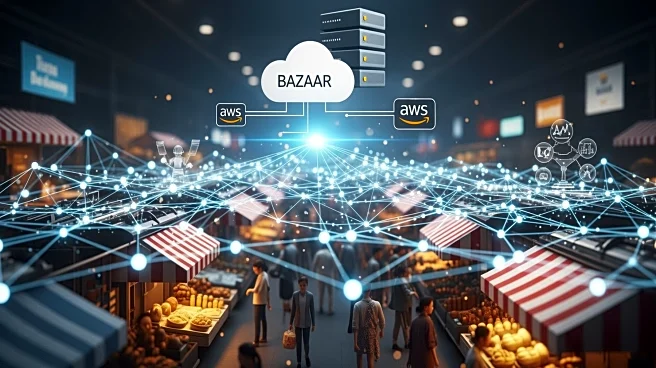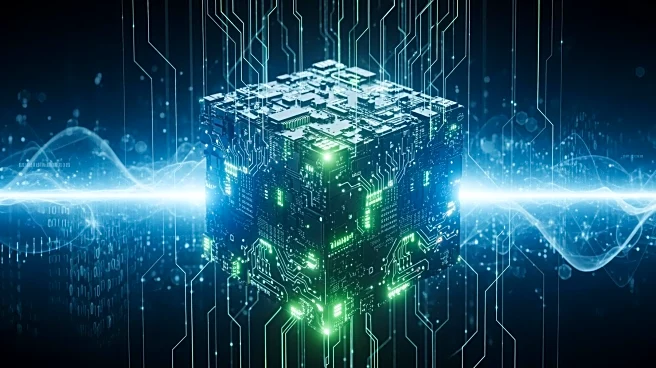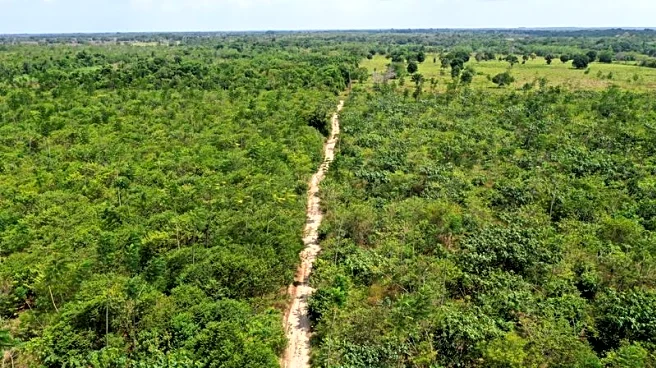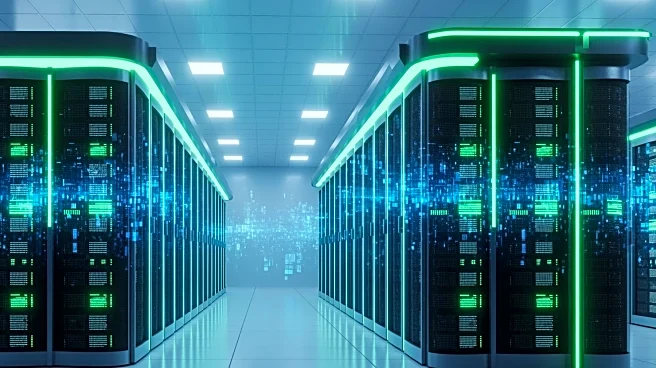What's Happening?
Meta and Amazon are investing heavily in subsea cable projects to support their AI infrastructure. Meta announced Project Waterworth, a 31,000-mile cable connecting five continents, while Amazon's Fastnet
cable will connect Maryland to Ireland. These projects are part of a broader trend among tech giants, including Google and Microsoft, to expand subsea infrastructure, which is crucial for AI development. Subsea cables carry over 95% of international data traffic, and their demand is increasing as companies race to develop computation-intensive AI models. The investment in subsea cables is expected to reach $13 billion between 2025-2027, nearly double the amount invested between 2022-2024.
Why It's Important?
The expansion of subsea cables is vital for the growth of AI technologies, as they provide the necessary connectivity for data centers worldwide. This infrastructure supports the increasing demand for data processing and storage, essential for AI advancements. The investments by Meta, Amazon, and other tech giants highlight the strategic importance of subsea cables in maintaining global internet connectivity and supporting AI-driven innovations. As AI continues to transform industries, reliable and high-capacity data transmission becomes crucial, impacting sectors like finance, communication, and e-commerce.
What's Next?
The focus on subsea cables is likely to intensify as tech companies continue to expand their AI capabilities. Governments and regulatory bodies may increase scrutiny on the security and maintenance of these cables, given their critical role in global communications. Additionally, geopolitical tensions could influence the deployment and management of subsea infrastructure, as seen with concerns over potential sabotage. Companies may need to collaborate with international partners to ensure the resilience and security of these vital communication links.
Beyond the Headlines
The reliance on subsea cables underscores the vulnerability of global communication networks to disruptions, whether accidental or intentional. As AI models become more integrated into daily operations, the security of these cables becomes paramount. The potential for sabotage or damage highlights the need for robust international cooperation and security measures to protect these critical infrastructures. The strategic importance of subsea cables may also lead to increased investment in alternative technologies, such as satellite communications, to diversify and secure global connectivity.


